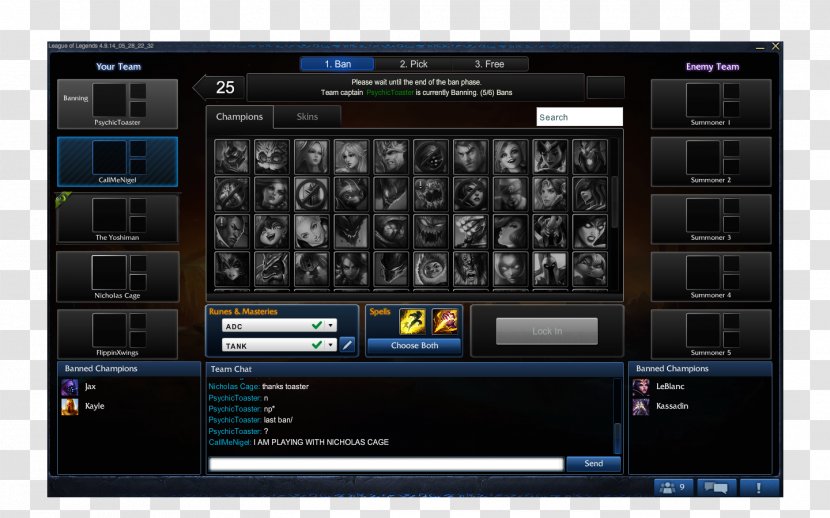For a quick, hands-on demonstration of how Adobe® AIR® works, follow the instructions in this topic to create and package a simple “Hello World” AIR application using Adobe® Flash® Professional.

If you haven’t already done so, download and install Adobe AIR, which is located here: www.adobe.com/go/air.
Adobe Air Download free download - Facebook for Adobe AIR, PDF Download, Adobe Photoshop Lightroom, and many more programs. Adobe AIR Developer Center. Download Adobe AIR SDK & Compiler. Adobe will provide basic security support – limited to security fixes only for desktop platforms (Windows 7 and above, and Mac OS X) – for Adobe AIR v32 until the end of 2020. After that time, Adobe support for AIR will be discontinued and ongoing support will be managed by HARMAN and communicated by them directly. Updating AIR applications. Users can install or update an AIR application by double-clicking an AIR file on their computer or from the browser (using the seamless install feature). The Adobe® AIR® installer application manages the installation, alerting the user if they are updating an already existing application.
Create the Hello World application in Flash
Creating an Adobe AIR application in Flash is much like creating any other FLA file. The following procedure guides you through the process of creating a simple Hello World application using Flash Professional.

To create the Hello World application
Adobe Air Sdk 25
Start Flash.
In the Welcome Screen, click AIR to create an empty FLA file with Adobe AIR publish settings.
Select the Text tool in the Tools panel and create a static text field (the default) in the center of the Stage. Make it wide enough to contain 15 -20 characters.
Enter the text “Hello World” in the text field.
Save the file, giving it a name (for example, HelloAIR).
Test the application
Press Ctrl + Enter or select Control ->Test Movie->Test to test the application in Adobe AIR.
To use the Debug Movie feature, first add ActionScript code to the application. You can try it quickly by adding a trace statement like the following:
Press Ctrl + Shift + Enter, or select Debug->Debug Movie->Debug to run the application with Debug Movie.
The Hello World application looks like this illustration:
Adobe Air Download Free Windows 10
Package the application
Select File > Publish.
Sign the Adobe AIR package with an existing digital certificate or create a self-signed certificate using the following steps:
Click the New button next to the Certificate field.
Complete the entries for Publisher name, Organizational unit, Organizational name, E-mail, Country, Password, and Confirm Password.
Specify the type of certificate. The certificate Type option refers to the level of security: 1024-RSA uses a 1024-bit key (less secure), and 2048-RSA uses a 2048-bit key (more secure).
Save the information in a certificate file by completing the Save as entry or clicking the Browse... button to browse to a folder location. (For example, C:/Temp/mycert.pfx). When you’re finished click OK.
Flash returns you to the Digital Signature Dialog. The path and filename of the self-signed certificate that you created appears in the Certificate text box. If not, enter the path and filename or click the Browse button to locate and select it.
Enter the same password in the Password text field of the Digital Signature dialog box as the password that you assigned in step b. For more information about signing your Adobe AIR applications, see Digitally signing an AIR file.
To create the application and installer file, click the Publish button. (In Flash CS4 and CS5, click the OK button.) You must execute Test Movie or Debug Movie to create the SWF file and application.xml files before creating the AIR file.
To install the application, double click the AIR file (application.air) in the same folder where you saved your application.
Click the Install button in the Application Install dialog.
Review the Installation Preferences and Location settings and make sure that the ‘Start application after installation’ checkbox is checked. Then click Continue.
Click Finish when the Installation Completed message appears.